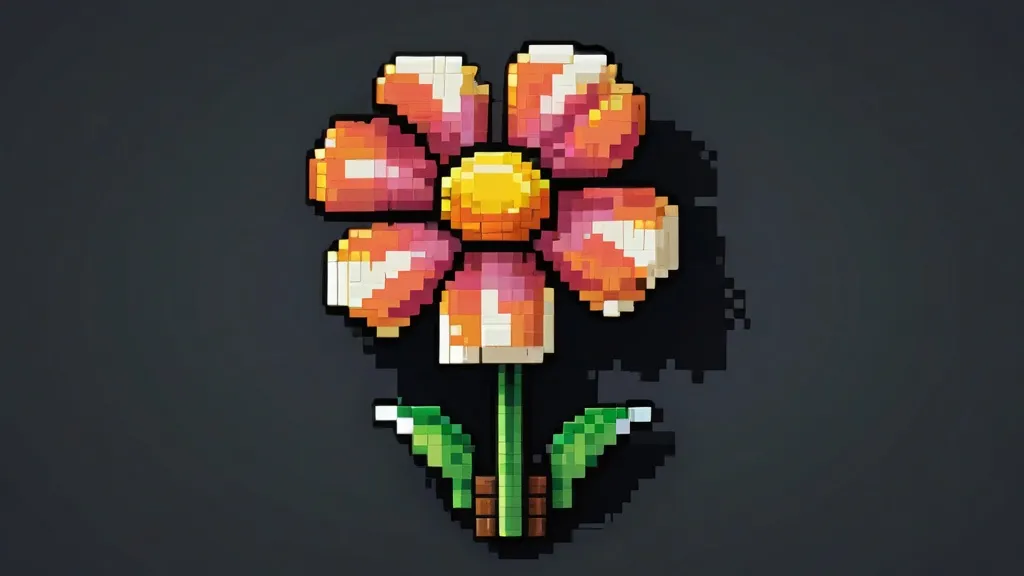If you’re getting into harmonicode games, you may notice how fast this space has grown. I’ve worked in game design for years, and I’ve tested a lot of these titles first-hand. What makes harmonicode games stand out is how they mix simple logic with code-based moves. You don’t need to be a coder. Many games help you learn as you go. Some focus on music. Some feel more like puzzle labs. I’ll walk you through the ones that keep coming up when people ask me what to try first.
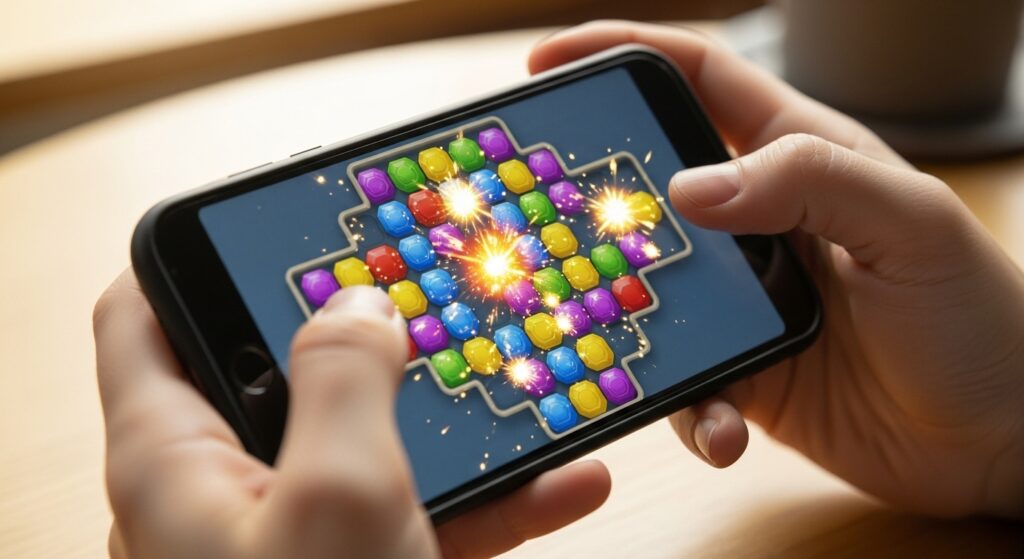
What Makes Harmonicode Games So Interesting
Harmonicode games grew from a mix of code tools and puzzle rules. Most studios built them around small logic loops. You make a move, the game reacts, then you change your plan. It’s like music patterns but with steps that you control. I’ve watched folks who never coded before pick up ideas just by playing. Some teachers even use these educational harmonicode games in class.
And since many of these titles come from small teams, the style feels more personal. You see it in most harmonicode indie games. They try odd ideas. They add strange rules. They break common loops. It keeps things fresh.
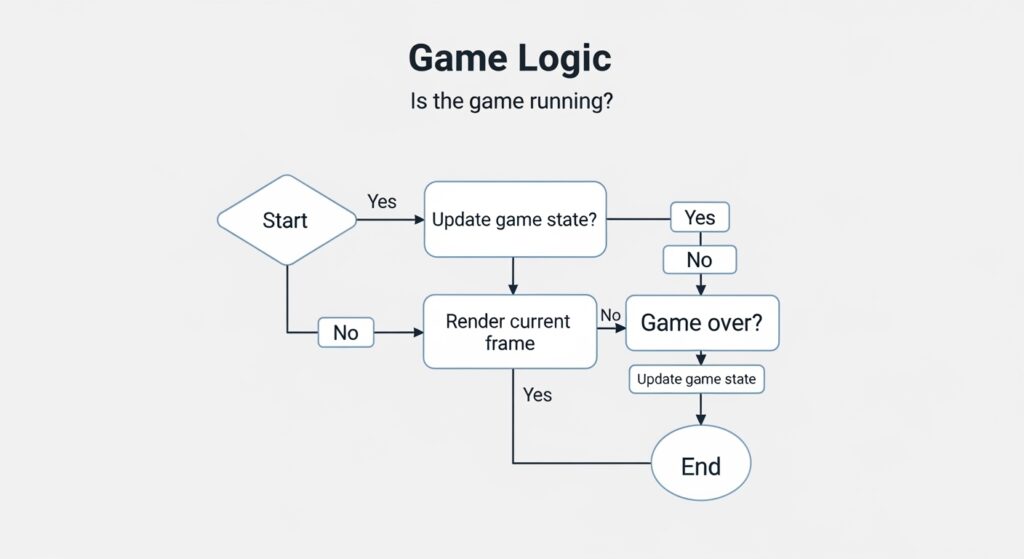
How Harmonicode Game Development Works
I’ve been part of harmonicode game development groups where we shared tools and engine notes. The big shift came around the time simple block code engines hit the market. A few teams built a harmonicode game engine that made it easy to test loops, music cues, and puzzle triggers.
If you ever try harmonicode app development, you’ll notice how light the setup feels. You don’t need a heavy code stack. Some games even run in the browser. A few use drag-and-drop flow rules. That’s why the community grows so fast. Anyone curious about harmonicode programming games can join and learn.
The trick in these engines is the event chain. One small change can flip the whole map. That’s also why the games hook people. Each puzzle turns into a tiny lab where you try things and see what breaks.
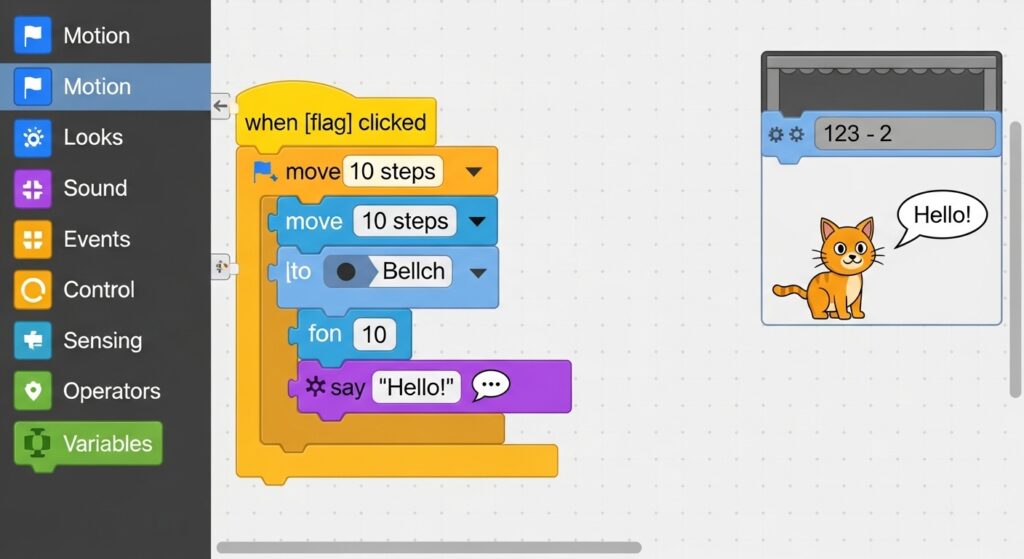
Best Harmonicode Games That Still Hold Up
After testing dozens of titles, these are the ones I keep coming back to. I picked them for clean rules, fun loops, and steady challenge.
1. Pulse Path
This one mixes music notes with shape codes. You place tiles. Each tile has a rhythm mark. When the line passes over it, the sound plays. If your pattern works, the game rewards you with a full beat line. It teaches harmonicode game mechanics better than most.
2. Grid Echo
A plain board with simple rules at first. But then it adds jumps, echoes, and delay blocks. The early levels help beginners. Later stages feel wild. It’s a top pick for harmonicode games for beginners, and also for players who want deeper study.
3. Code Chime
You get chains that change pitch. When the chain loops, the board shifts. This one has steady updates, and most folks praise its harmonicode gameplay for how smooth it feels.
4. Loop Lantern
An indie title that mixes soft art with sharp puzzle patterns. The loops shift each time the light passes. I’ve seen folks use it during workshops on harmonicode game design because the rules are easy to show on a board.
5. Byte Chorus
This one blends code blocks with sound waves. You build tone paths. Some levels feel like math. Some feel like music sketch pads. It’s one of the better harmonicode coding games for kids and older players.
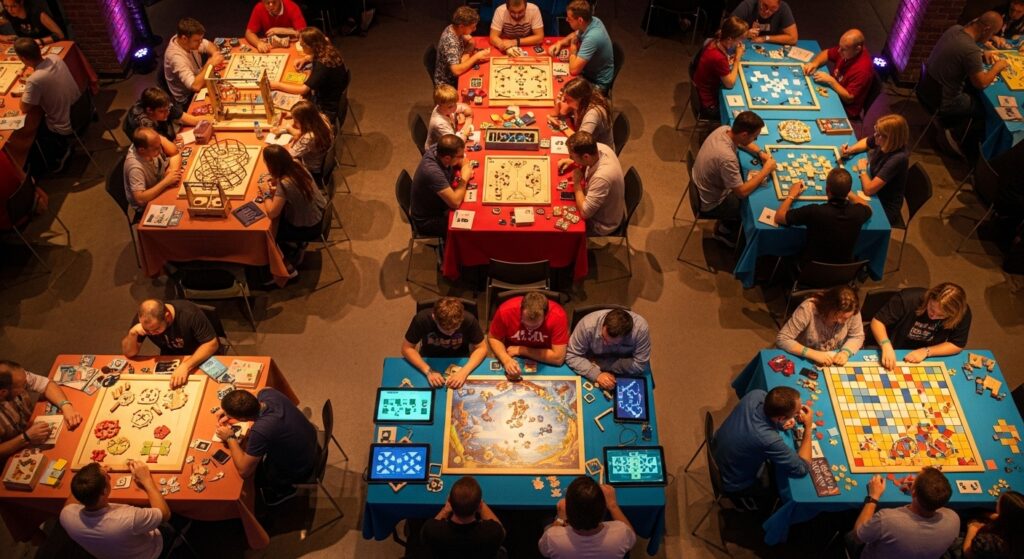
Understanding Harmonicode Puzzle Games
The charm in harmonicode puzzle games sits in how they teach cause and effect. If you move one tile, the sound pattern or code line changes. It forces you to slow down. Some games let you undo steps. Others make you restart. Long play sessions help you see tiny details that most would skip.
Many studios now work on full harmonicode puzzle game series. Each entry adds new rules. Some add timing. Some add chain moves. Teachers use them to show logic thinking. Kids pick them up fast because the loops feel playful. For more on visual game design and puzzle mechanics, check out Visual Game Design.
How the Harmonicode Gaming Platform Keeps Growing
The main harmonicode gaming platform is still small, but it has space to grow. Most devs push updates often. They test levels on small groups. They fix loops if players break them too fast. These platforms also host community maps. Some maps turn into full games later.
I spoke with a few devs who said the platform will soon add level tags, new music rules, and custom tempo sliders. This should help folks who like to build their own boards. For more on arcade games and their development, check out Arcade Games.
Harmonicode Game Tutorials That Actually Help
Not all guides are clear, but the better ones use step videos. Good harmonicode game tutorials show short clips of each move. They don’t throw code terms too fast. New players understand the loop, then the rules, then the chain. Some devs now add hint bubbles in each level. You press a button, and the hint pops up like a sticky note.
If you need deeper help, some indie teams share long guides on their pages. I used these during design classes. They explain tone blocks, timing rules, and error traps. They help folks avoid common mistakes. For more pixel game tutorials, check out Pixel Games.
Harmonicode Game Features Most Players Look For
From years of testing, these are the features players talk about the most:
| Feature | Why Players Like It |
|---|---|
| Undo moves | Helps new players learn loops |
| Custom levels | Lets players try new ideas |
| Clear sound cues | Makes patterns easier to read |
| Light code blocks | Reduces fear for beginners |
| Fast restarts | Makes puzzles less stressful |
| Save slots | Good for long puzzles |
| Clean UI | Keeps focus on the logic |
Most strong games add these from day one. A few skip features if they want harder layouts.
Interactive Harmonicode Games Are Getting Smarter
A new trend is interactive harmonicode games where the board reacts in real time. You change one block, and the sound plays at once. These tests show how fast you can learn. You don’t need full code. The board’s feedback guides you. Kids love this because they see results right away.
Some teams now mix sensors for tablet play. Tap, drag, drop, swipe. The loops respond to touch speed. It feels more like a music toy than a puzzle board. You can learn more about visual game design in interactive games through this resource: Visual Game Design.
Harmonicode Game Strategies for Better Results
You don’t need to be a pro to plan good moves. These simple tips help:
Break big puzzles into small steps
Move one tile. Watch the board. Don’t rush.
Test loops often
If the path makes noise at the wrong time, step back.
Check chain length
Long chains can break if one block sits in the wrong place.
Try odd placements
Some patterns need a weird move to trigger the right beat.
Use restarts
A clean board helps you see what matters.
These habits help new players and veteran players. I use them when I test new builds.

The Link Between Harmonicode Mobile Games and Learning
A good part of this field now sits on phones. Most harmonicode mobile games run on light engines. They open fast and save often. Kids use them during short breaks. Adults play during commutes. I’ve seen schools use mobile versions to teach rhythm and code basics. They show loops in a way that feels more like play than class. You can explore more on visual game design techniques at Pixel Battle Post.
Parents also turn to educational harmonicode games because the tasks help with logic and sound skills. Some apps include small quizzes after each level. Nothing heavy. Just small checks like “what block broke the chain?”
Growth in Harmonicode Indie Games
Small studios push this space forward. They take risks. They release layouts that feel strange at first. Many harmonicode indie games also include story bits. You guide a small light. You fix a broken board. You match pitch to move past doors. These stories tie the puzzles together so the game feels more full.
Indie devs also share builds with the community. Feedback shapes their updates. If a loop breaks too easy, they fix it. If players want new sound packs, they add them.
Harmonicode Game Design Tips I Give New Devs
Since I teach design basics, I often explain these points:
Start with simple rules
One trigger. One tile. One goal.
Add new rules slow
Let players master the board before adding more.
Use sound as a guide
Pitch, tone, and rhythm help players track loops.
Keep UI clean
Too many buttons confuse beginners.
Build test levels
Try five short levels before you make long ones.
These tips help even if your project is small. They keep the board clear so players understand each move.
Why Harmonicode Coding Games Stay Popular
The coding part scares some people. Once they try it, the fear fades. Most harmonicode coding games show code in simple form. A block connects to a block. A loop goes around a small path. You drag, drop, and watch the result.
Kids who try these games often learn faster than expected. Even adults who never tried code pick up the rules after a few puzzles. That’s why companies keep making these games. They teach skills without pressure. You can explore more on Minecraft pixel art and character design lessons through these helpful resources: Minecraft Pixel Art: Clean Builds with 8-12 Block Palettes and Arcade Icons to Fighting Games: Lessons in Character Design.
The Future of Harmonicode Game Development
Studios tell me they plan to add more AI help. Not to play the game for you, but to give small hints. They want smoother levels and better maps. They also want more stable engines so large loops run without delay.
The future might bring map sharing on bigger hubs. Players could post levels and rate each other. It may turn into a full harmonicode gaming platform where new games start as shared maps before turning into full titles.
The tools for harmonicode app development also keep getting lighter. Some engines now export straight to phones. Others run in tiny windows that don’t use much power.
It’s a good time to pick this hobby up. The space is still young, and the ideas keep coming.

FAQs (People Also Asked)
1. What are harmonicode games about?
They mix puzzle loops, code rules, and sound cues. You place tiles and trigger patterns.
2. Are harmonicode games good for beginners?
Yes. Many games teach you step by step. They use simple loops so beginners learn fast.
3. Can kids learn coding from these games?
Kids learn basic logic patterns, cause-and-effect steps, and small loops used in coding.
4. Do harmonicode games work on mobile?
Many of them do. Some run smoother on mobile than desktop.
5. What skills do players gain from harmonicode puzzles?
Players learn logic, timing, chain steps, music cues, and problem-solving habits.
Henry Wright: Celebrating the artistry of gaming. I cover Pixel Games, Indie Battles, Arcade Classics, Gaming Culture, and Visual Design. Let’s explore the pixels together!
